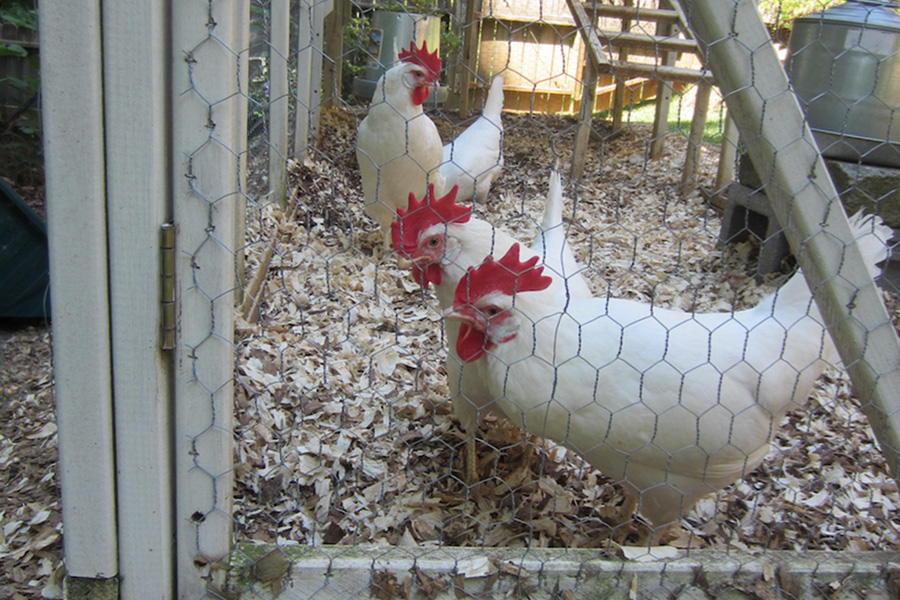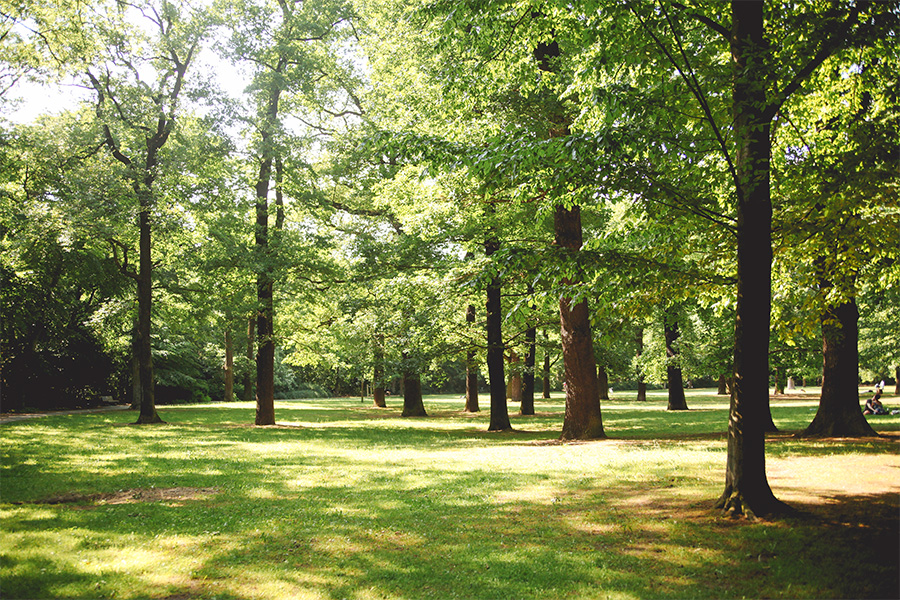Lawn and Garden
-

This publication is designed to give small market growers, homeowners, and Master Gardener audiences a quick guide to selecting and installing drip irrigation in the vegetable garden.
Bob Westerfield
|
-

Your coop is ready. You’ve built a covered run or exercise yard to keep your chickens safe from predators and wild birds that carry diseases. Your chicks are old enough to move outside, and you’re eagerly awaiting your first fresh eggs.
In the meantime, your chickens are producing something else on a daily basis: manure. How do you handle all of that poultry poop so that your neighbors don’t complain about the smell and the flies?
One good answer is composting. Properly composted poultry litter—manure mixed with bedding material, such as pine shavings—is a valuable soil amendment. However, just as it takes care and management to get your chickens into laying condition, it takes care and management to compost the litter from poultry housing environments.
Casey W. Ritz and Heather Kolich
|
-

Sunflowers can be an important addition to the home garden due to their ability to attract beneficial insects as well as serve as a trap crop. Sunflowers also provide a nutritional, edible crop high in protein and low in fat. This publication covers the basics of how to grow and harvest sunflowers in the home garden. The circular introduces the benefits of growing sunflowers as well as multiple uses for the crop.
Bob Westerfield
|
-

Planting pollinator-friendly flowers in your yard is a great first step for improving the quality of pollinator habitats. Adding nesting sites and nesting materials is another important measure in creating sustainable habitats, especially for native bees. When bees have access to a diversity of nesting materials, their numbers are positively affected, so providing nesting resources in your landscape is very beneficial to bees.
Published with the UGA Warnell School of Forestry and Natural Resources as WSFNR-17-48.
Becky Griffin and Elizabeth McCarty
|
-

C 1013
Shade Trees for Georgia
Shade trees are a staple of Southern landscapes and include a variety of species, forms and seasonal appeal. In the Southeastern U.S., shade trees are used most often to provide relief from the summer sun and heat. Additionally, shade trees can be utilized to channel summer breezes to desired locations, add monetary value to a property, define outdoor spaces, and improve landscape sustainability by reducing soil erosion, decreasing storm water flows, increasing rainwater infiltration and increasing wildlife habitat.The information in this publication will assist homeowners in making informed decisions when selecting fast growing shade trees for urban and suburban environments.
Gary Peiffer, Kim D. Coder, Bodie V. Pennisi, and Matthew Chappell
|
-

C 1018
Home Garden Lettuce
Use this resource to learn how to grow lettuce, a cool-season vegetable that can be planted in early fall or early spring in Georgia.
Bob Westerfield
|
-

C 1035
Home Garden Watermelon
Learn all about growing watermelon in the home garden, including transplanting, starting seeds, soil preparation, culture and fertilization, harvesting, storage and use, and problems. It also includes a list of recommended varieties for Georgia.
Bob Westerfield and Malgorzata Florkowska
|
-

C 1039
Home Garden Swiss Chard
Learn how to grow Swiss chard in the home garden, including soil preparation, planting, culture and fertilization, harvesting, storing, and using Swiss chard, plus problems you might encounter and a list of suggested varieties.
Bob Westerfield and Malgorzata Florkowska
|
-

Cover crops can be an important component to any home garden. They are used for various reasons, including building the soil, controlling soil erosion, and limiting the initiation and spread of certain diseases and insects in the soil. This publication is designed for homeowner and Master Gardener audiences and discusses the benefits, selection, planting and use of cover crops in the home garden.
Bob Westerfield
|